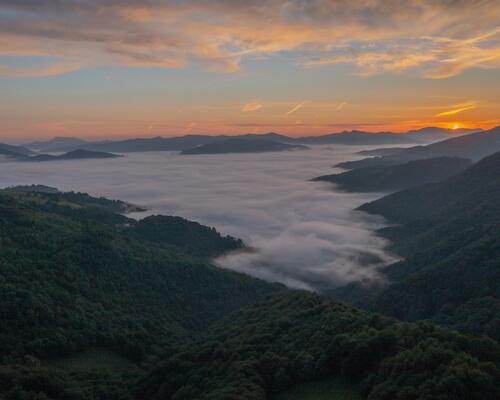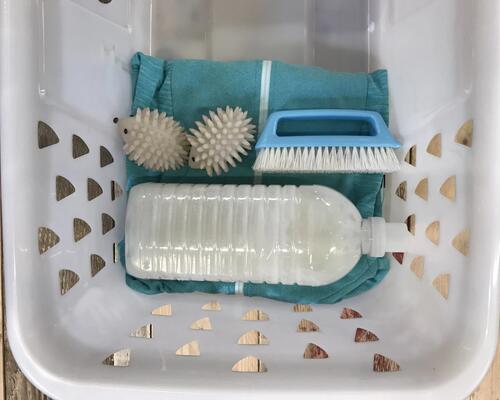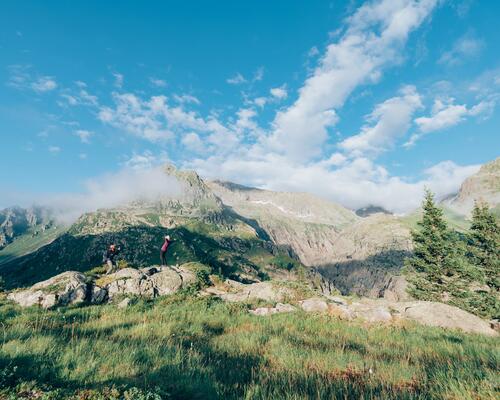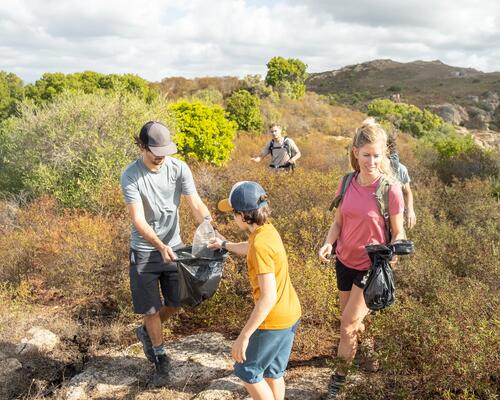An end to itching
Freeing hikers from itchy wool: that's what fleece has achieved. We owe it a thank-you just for that. Since 1979, the year it was invented, this textile technology has replaced wool in hikers' wardrobes. Wave bye-bye to the cold. No more jumpers that don't dry.
With fleece, mountain enthusiasts have adopted a fabric that ticks all the boxes. Except one: the fibre is made from plastic.
Here, in the battle opposing it to fleece, wool wins. What if fleece was used to recycle plastic waste instead of producing more? That would make it more virtuous, no? That was what we were thinking over ten years ago at Quechua. It has made its way...
First, let's go back to the start: why did fleece overtake wool?
Well, for its insulating qualities, and the thermal comfort it provides. Fleece keeps us warm, and that is mainly what we ask of it. You could answer that quality wool also keeps you warm. What is brilliant, with fleece, it that it keeps you warm while remaining light, allowing the body to breathe and dries quickly. Thanks to this fibre, perspiration no longer means irritation, and you can head off on an adventure without itching your wrists or pulling on your collar in the first miles. We wouldn't go as far as saying that where there is wool there is no pleasure, but the key criteria of comfort has made fleece so popular with hikers.












